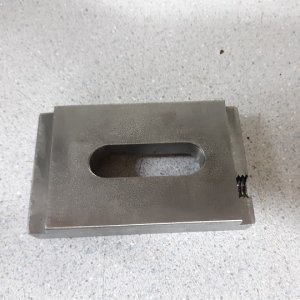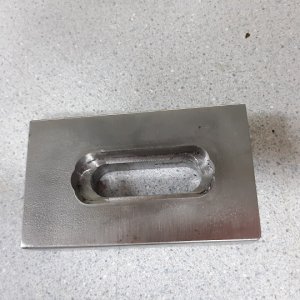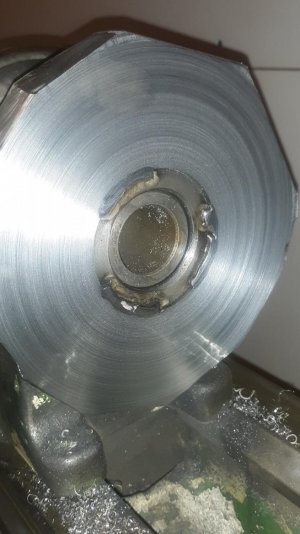- Joined
- Dec 18, 2019
- Messages
- 6,447
In the beginning, there's lots of things, tools, experience and stuff that you don't have, that would make things easier. It wasn't that long ago that I went through similar experiences. It takes a while to build up your own personal infrastructure, which makes future projects so much quicker to complete. Eventually you will get there.Quinn referenced a term I remember from my college days, particularly with programmers: "Yak Shaving." You have to fix this thing so you can have something to fix the other thing, which will also be used to fix this other other thing... it snowballs.




